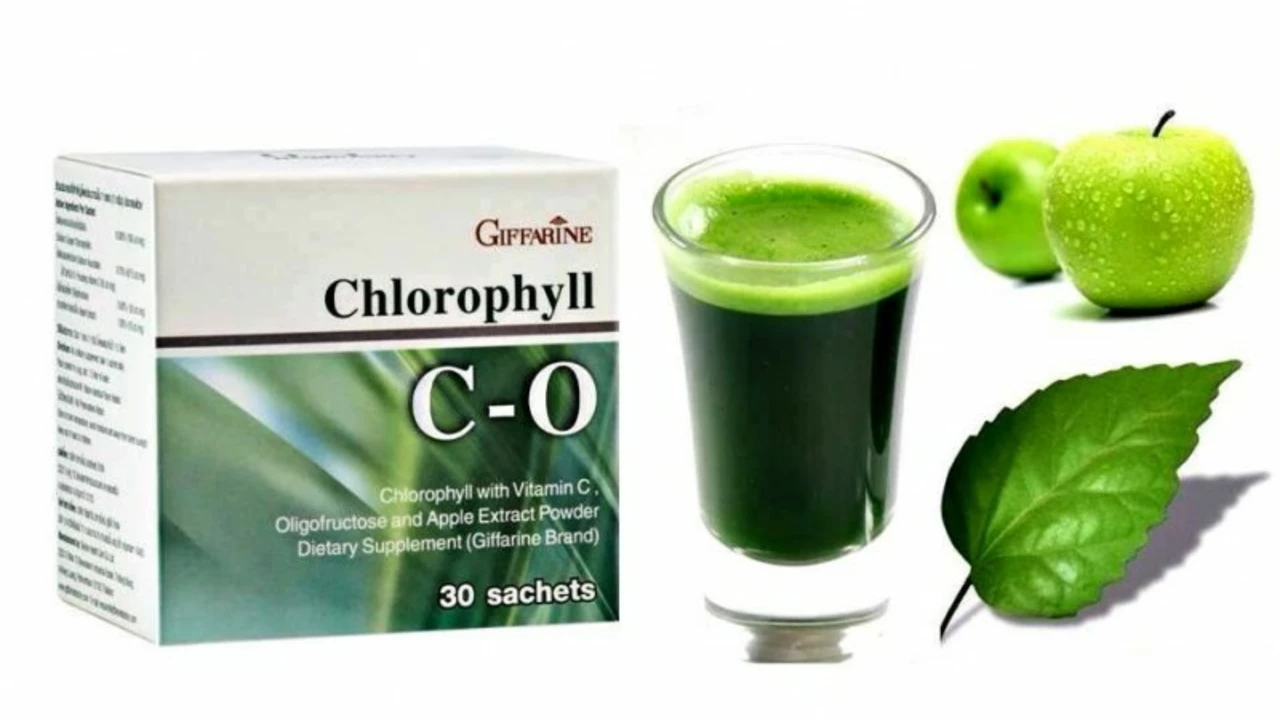Chlorophyll: What It Is and Why You Might Want It
If you’ve heard about green juices or super‑foods, chlorophyll was probably mentioned. It’s the pigment that gives plants their green color and helps them turn sunlight into energy. People take it as a supplement because they think it can boost health in simple ways. Below we break down what chlorophyll actually does, why some folks swear by it, and how you can add it to your routine without spending hours researching.
Top Health Benefits of Chlorophyll
First off, chlorophyll is packed with antioxidants. Those little molecules fight free radicals that can damage cells over time. In plain terms, adding a daily dose might help keep skin clearer and reduce occasional inflammation. Some users also report better digestion – the pigment seems to support gut lining health, which can ease mild stomach upset.
Another popular claim is odor control. A few small studies showed that chlorophyll tablets reduced body odor and bad breath by neutralizing compounds in the bloodstream. If you’ve tried everything from mouthwash to dietary changes with little luck, a low‑dose chlorophyll supplement could be worth a shot.
How to Use Chlorophyll Safely
The easiest way to start is with liquid drops or tablets that contain “chlorophyllin,” a stable form of the pigment. Follow the label – most products suggest 300–500 mg per day, taken with water or mixed into a smoothie. You don’t need a huge amount; more isn’t always better and can cause mild stomach cramping.
If you prefer food sources, dark leafy greens like spinach, kale, and parsley are natural chlorophyll powerhouses. A cup of raw spinach already gives you a decent dose, plus fiber, vitamins, and minerals. For those who don’t love the taste of greens, blending them into a smoothie with fruit masks the flavor while still delivering benefits.
Watch out for interactions if you’re on blood thinners or have a history of kidney stones. Chlorophyll can act like a mild diuretic, so staying hydrated is key. Always chat with your pharmacist or doctor before adding any new supplement, especially if you’re pregnant, nursing, or taking prescription meds.
When shopping online, pick reputable pharmacies that list third‑party testing results. Look for certifications such as USP or NSF – they show the product actually contains what it says on the label and is free from contaminants.
Bottom line: chlorophyll is a low‑risk supplement with some promising perks like antioxidant support, odor reduction, and digestive help. Start with a small daily dose, choose quality brands, and pair it with a balanced diet for the best results.

